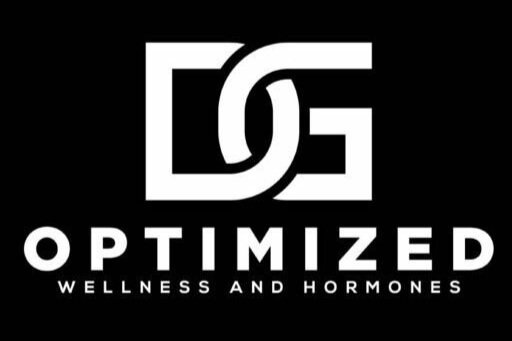Maximizing Vitality: Secrets to Thriving Health for Men Over 60
In the dynamic and ever-evolving field of medical science, a groundbreaking study recently conducted has shed new light on the intricate relationship between aging, serum testosterone levels, and various biomarkers indicative of multiple organ functions in men. This extensive research, involving a substantial number of 12,547 male outpatients, delves deep into the mysteries of aging and its physiological impacts.
The Study's Core Objective
The primary goal of this research was to meticulously analyze the interconnection between aging, levels of serum total testosterone, and a range of biomarkers that reflect the functionality of multiple organs in the male body. This comprehensive study stands as one of the largest of its kind in Asia, marking a significant milestone in understanding age-related changes in men.
Methodology and Participant Profile
The study encompassed a diverse group of 12,547 male outpatients, all of whom underwent serum testosterone level measurements. The participants presented a broad spectrum of ages, offering a robust and representative sample for the research.
Analytical Approach
To achieve its objective, the study employed a detailed multiple regression analysis. This approach was pivotal in determining the relationship between serum total testosterone concentration and various biomarkers. These biomarkers included hemoglobin (Hb), hematocrit (Hct), luteinizing hormone (LH), follicle-stimulating hormone (FSH), alkaline phosphatase (ALP), albumin (ALB), creatinine (Cre), aspartate aminotransferase (AST), alanine aminotransferase (ALT), glucose (Glu), C-reactive protein (CRP), triglycerides (TG), high-density lipoprotein cholesterol (HDL-C), and low-density lipoprotein cholesterol (LDL-C).
Significant Findings
The study unveiled a myriad of significant correlations. Notably, a strong association was found between total testosterone levels and biomarkers such as Hb, Hct, LH, FSH, ALP, ALB, TG, HDL-C, AST, ALT, Glu, and CRP. Furthermore, noteworthy correlations were observed between these biomarkers and the interaction between age and testosterone levels.
Broader Implications and Insights
This large-scale investigation has offered unprecedented insights into the correlations between serum testosterone and biomarkers associated with age-related diseases. The findings suggest that testosterone plays a vital role in maintaining homeostasis, especially in aging males. Therefore, hypogonadism in elderly patients could be intricately linked with multiple organ dysfunctions.
The Impact on Chronic Diseases
The study also highlights that aging males are more susceptible to chronic diseases such as obesity, type 2 diabetes, osteoporosis, arthritis, nonalcoholic fatty liver disease, depression, Alzheimer’s disease, sarcopenia, and erectile dysfunction. Interestingly, these conditions often correlate with a decrease in serum testosterone levels, indicating a possible endocrine aspect to their onset.
The Societal Context
In the backdrop of a rapidly aging population, particularly in Japan, this study gains even more significance. The increasing number of elderly people with conditions like sarcopenia and frailty can be linked to low testosterone levels, emphasizing the need for medical attention in this area.
Future Directions and Concluding Thoughts
The study's findings open up new avenues for future research, particularly in establishing serum testosterone levels as potential predictors for various diseases in the aging male population. It also raises the crucial question of whether aging itself leads to low serum testosterone levels and subsequent chronic diseases.
This pioneering study, first of its kind in Asia, not only advances our understanding of disease development in elderly males but also paves the way for innovative approaches in medical care and treatment.
doi:10.1507/endocrj.EJ23-0380
While we do not claim that BHRT will make people live longer. . . but we do believe that while here you will live better with more vitality and energy. We clearly believe and practice to bring these levels up to treat symptoms with an underlying goal of remedying the underlying metabolic derangements that happen as a result of these levels dropping over time. Reach out, we are happy to evaluate your levels and to show how we can effect change! Jason & Rita...aka Dr. De Leon and Dr. Gillespie.
